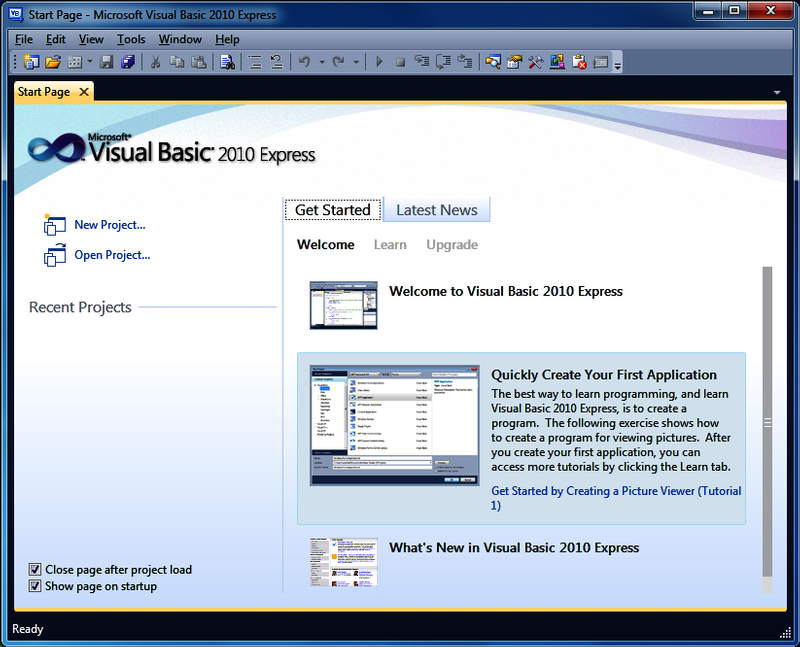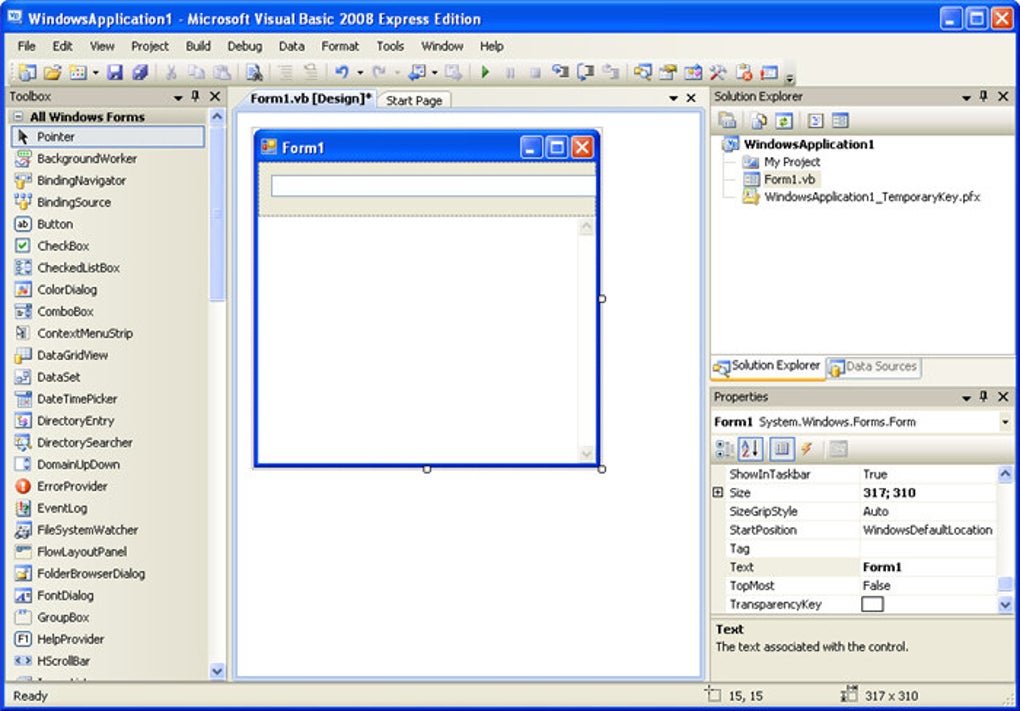

MICROSOFT VISUAL BASIC FOR APPLICATIONS 7.1 HOW TO
I figure out how to pull data from the internet. I start to get fancy and make interfaces with buttons and sliders. With just a few lines of code, I am manipulating thousands of lines of data within fractions of seconds. I sadly had to scratch making my million-dollar app from my “To Do” list.įast forward a year, and I’m starting to dive into VBA. There was simply too much to learn, and even basic coding concepts were not making any sense to me. To make a short story even shorter, after a month of trying my hardest, I had gotten nowhere. Lucky for me, Apple had a huge following and tons of educational content to help newbies like me learn to make apps. Smartphone apps were in their infancy and I had an idea or two that was going to make me a millionaire.


I remember back to when I was an ambitious 22-year-old, fresh out of college and ready to conquer the world. Have you ever wished you could build your own phone app or website or even a robot to clean your house? I know I have and it’s somewhat depressing because unless you have a ton of money to pay someone to build your dream invention or are ridiculously smart, you’re never going to be able to build those things. Let’s get back to the question in the header, “Why learn VBA today?” You Can Pretty Much Do ANYTHING!
MICROSOFT VISUAL BASIC FOR APPLICATIONS 7.1 CODE
Teaching yourself how to automate specific tasks can be as easy as using the recorder and copying the code it spits out. While it might not be the most efficient way to write the code, it writes it in a way that in most cases automates your process without any further modifications. This feature allows you to click a record button and it will write code for every single thing you physically carry out on your screen. There’s no weird syntax like curly brackets or a complex lexicon of phrases to memorize, you simply write what you want to do and it is done.īut the real beauty of VBA and its ease of learning is the availability of the Macro Recorder. How? Because VBA is something that makes sense to anyone familiar with Excel (or Word or PowerPoint). Needless to say, I am not the poster child to be somewhat authoritatively writing about a computer coding language.īut I am. Why is this important to clarify? Well, I want to stress I know nothing about computers, computer coding, or how it is physically possible to send information like this article through the air and into millions (ok, hundreds…) of digital devices to be read. I, Chris Newman, founder of TheSpreadsheetGuru, am first and foremost a finance guy. Now before I get too far, let’s back up and talk about me for a minute. To simply put it, it’s something that virtually anyone can teach themselves with very little effort. But there is hope and through this article, I will present my thoughts and predictions about the so-called “inevitable death” of the VBA coding language. I constantly see questions on forums asking “is it worth learning VBA at this point in time?” or “when will VBA stop working?” or better yet, “what is replacing VBA?”.ĭon’t get me wrong, these are all valid questions especially with the way Microsoft has treated VBA over the past 10 years. With its endless popularity in such programs as Excel, it might come as a surprise that there is this lingering fear VBA is going to be removed from Microsoft Office in the near future. It’s a language that has been around for decades and is one of the easiest coding languages to learn if you don’t have a computer science background. VBA is a coding language used by millions of people across the world to automate tasks in Microsoft Office products.


 0 kommentar(er)
0 kommentar(er)
